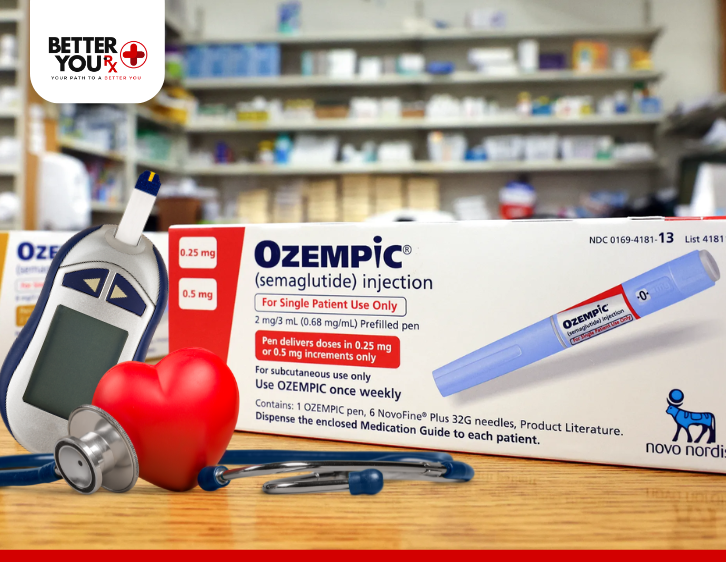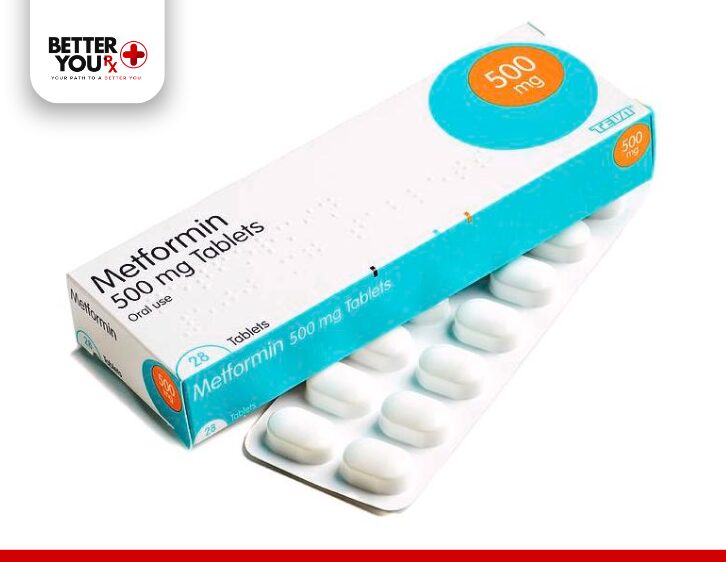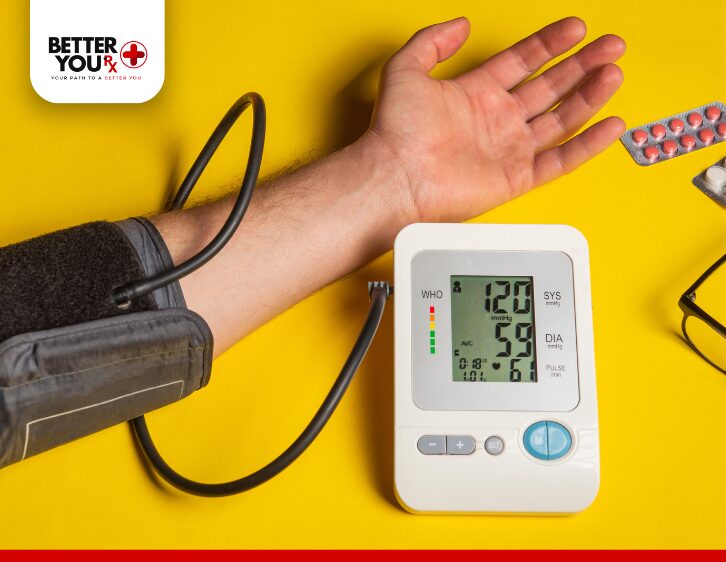Can Anxiety Cause Chest Pain?
Anxiety often arises unexpectedly, catching you off guard. From waiting for a long-overdue package to overthinking an interview outcome, it’s easy to let anticipation spiral into worry. While mild anxiety can feel like a passing wave of unease, severe anxiety can leave a significant impact—not just on your mind but also on your body. A common concern is whether anxiety can cause chest pain.
The answer isn’t entirely straightforward. Anxiety doesn’t directly cause chest pain the way a physical injury might. However, it can lead to chest tightness or discomfort, which many people misinterpret as pain. Let’s take a closer look at the link between anxiety and these sensations and when you should consider seeking medical attention.
Understanding Anxiety-Related Chest Discomfort

When you experience anxiety, your body activates its “fight or flight” response. This reaction, a survival mechanism dating back to early human history, prepares your body to face threats. While there’s no lion chasing you, your body doesn’t differentiate between physical danger and emotional stress.
Here’s what happens during an anxiety episode:
- Chest Tightness: Often described as a squeezing or pressure-like sensation.
- Rapid Breathing: Can lead to hyperventilation, making chest muscles feel tight.
- Muscle Tension: Stress can cause your chest and neck muscles to tighten, amplifying discomfort.
Although these sensations are uncomfortable, they aren’t usually dangerous. However, distinguishing between anxiety-related chest tightness and heart-related chest pain is essential.
Anxiety vs. Heart Issues

Chest discomfort caused by anxiety is generally different from pain linked to heart problems. Understanding the key distinctions can help you decide when to seek help:
Anxiety-Related Chest Tightness: Feels like pressure or a “weight” on your chest, often paired with symptoms like a racing heart, sweating, or shortness of breath. It typically resolves once the anxiety subsides.
Heart-Related Chest Pain: Often sharp or radiating to other areas, such as the arms, jaw, or back. It may come with nausea, dizziness, or extreme fatigue, and doesn’t go away with relaxation.
If you’re unsure, it’s always better to err on the side of caution and consult a healthcare professional.
Other Symptoms of Anxiety
Chest tightness is just one way anxiety can manifest. Those experiencing anxiety attacks or generalized anxiety disorder (GAD) may encounter additional symptoms, including:
- Fatigue: Feeling drained even without physical exertion.
- Restlessness: An inability to relax or sit still.
- Irritability: Heightened sensitivity to minor stressors.
- Sleep Problems: Difficulty falling or staying asleep, leaving you exhausted.
For people with GAD, these symptoms may persist, making it harder to identify and manage triggers.
The Role of Cortisol in Anxiety
Cortisol, the body’s primary stress hormone, is released during anxious moments. In moderation, cortisol helps you stay alert and focused. But when levels remain elevated due to chronic stress or anxiety, it can cause physical symptoms like chest tightness.
What Does Cortisol Do?
- Speeds up your heart rate.
- Increases muscle tension.
- Heightens your awareness of “threats.”
Over time, elevated cortisol can contribute to physical discomfort, including that tightness in your chest often mistaken for pain.
Breaking the Cycle: Managing Anxiety

If anxiety-related chest discomfort has become a recurring problem, taking proactive steps to manage stress can help. Here are some strategies to regain control:
- Practice Deep Breathing: Techniques like vagus nerve breathing can calm your nervous system and reduce cortisol levels. Try inhaling for four counts, holding for four, and exhaling for six to eight counts.
- Stay Active: Physical activity releases endorphins, the body’s natural stress relievers. Whether it’s a brisk walk, yoga, or cycling, regular exercise can lower anxiety levels.
- Prioritize Relaxation: Incorporate activities like meditation, journaling, or listening to calming music into your routine. They can help you process stress more effectively.
- Consider Professional Help: If anxiety feels overwhelming or persistent, a therapist can provide tools and techniques to address it. Cognitive-behavioral therapy (CBT) is particularly effective for managing anxiety disorders.
When to Seek Medical Attention
While anxiety-related chest tightness is typically harmless, you should never ignore chest discomfort if you suspect it could be heart-related. Seek medical care if the pain is sharp, radiates, or doesn’t subside with relaxation. You experience nausea, dizziness, or sweating alongside the discomfort. You may have a history of heart conditions or other contributing risk factors.
Final Thoughts
Anxiety can cause a range of physical symptoms, including chest tightness, but it’s essential to understand the root cause of your discomfort. By addressing your anxiety and managing stress, you can reduce these sensations and improve your overall well-being. If chest discomfort persists or you’re concerned it could be something more serious, don’t hesitate to consult a healthcare provider.
Important Reminder
This content is intended for informational purposes only and should not be considered a substitute for professional medical advice. If you’re experiencing persistent or severe symptoms, consult a healthcare professional for a proper diagnosis and treatment plan.




































